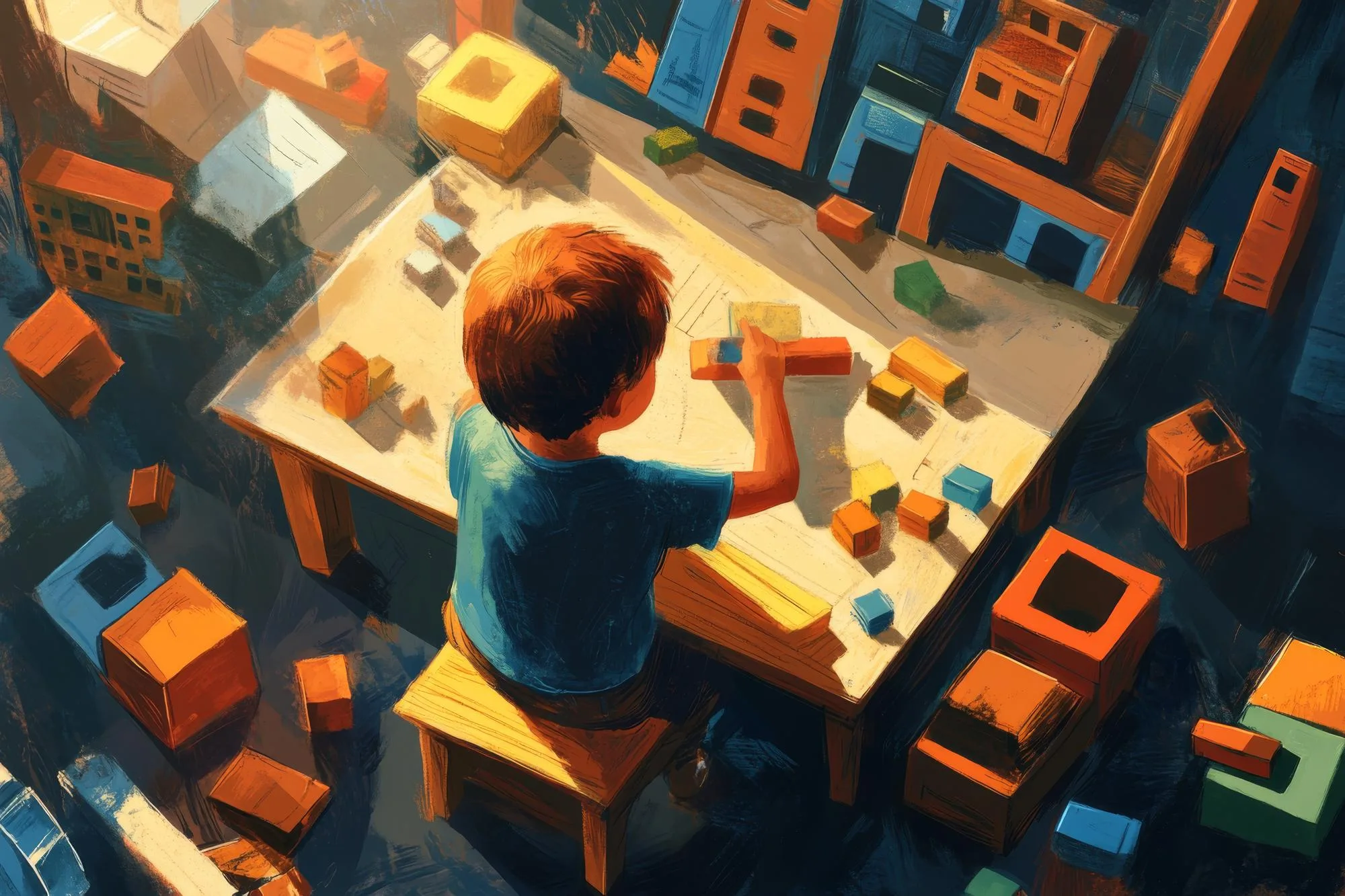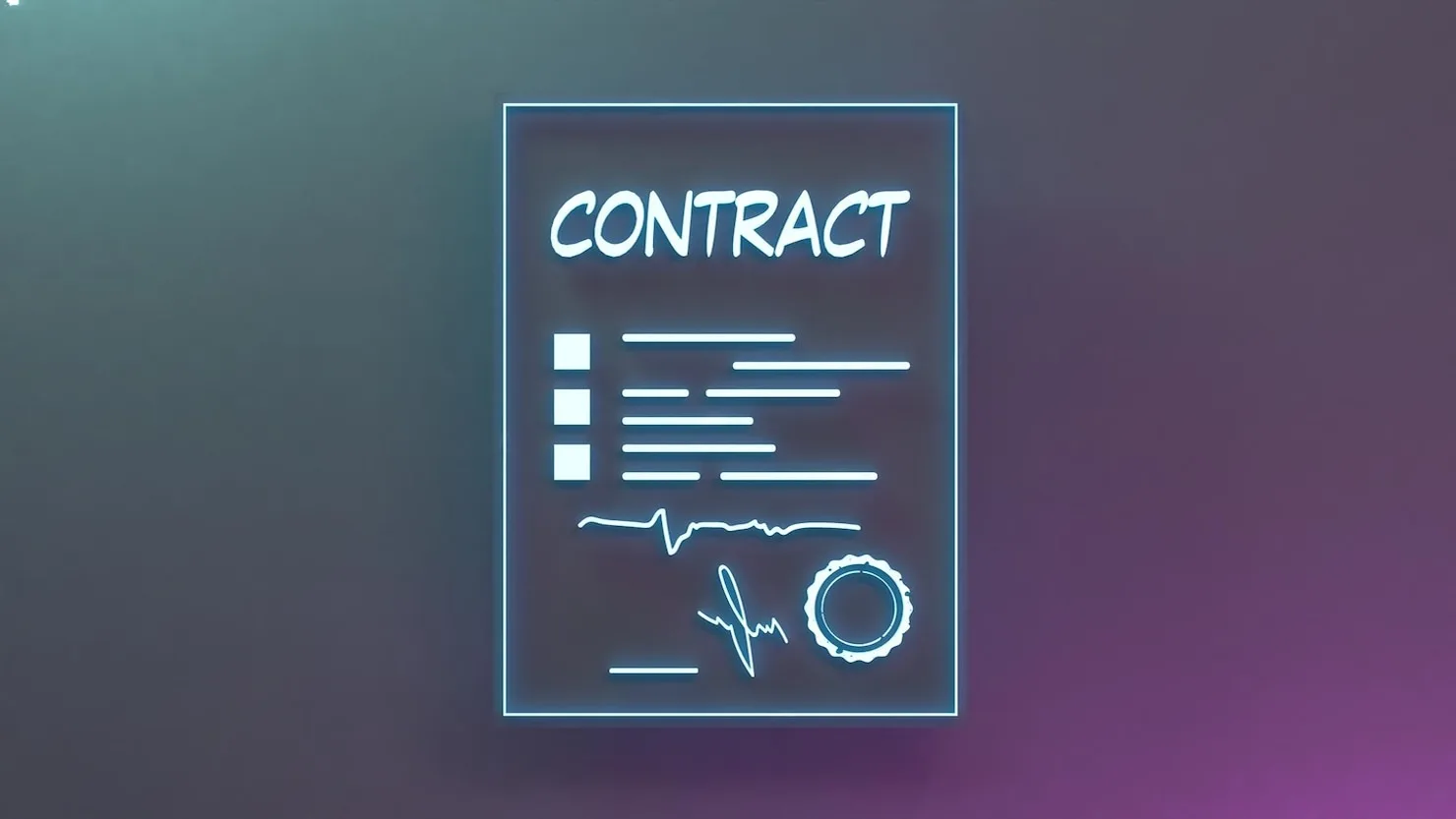Video games are often viewed as distractions from school or work—but they can be powerful tools for learning when used the right way.
From improving memory and problem-solving skills to teaching language and history, games offer an engaging, interactive way to absorb and retain information.
Let’s explore how games help in learning, what kinds of games are most effective, and how both students and educators can benefit from them.
🎮 Why Games Work in Education
Games activate different areas of the brain by combining visuals, audio, decision-making, and feedback. This stimulates multiple senses at once and keeps learners actively involved.
Key reasons why games support learning:
-
Engagement: Learners stay focused longer
-
Motivation: Progress and rewards encourage effort
-
Immediate Feedback: Mistakes are corrected instantly
-
Safe Failure: Players can experiment without real-world consequences
-
Active Learning: Players learn by doing, not just watching
🧠 Cognitive Benefits of Educational Games
1. Better Problem-Solving Skills
Many games require players to think critically and adapt quickly, which builds flexible thinking and decision-making.
Example: Puzzle games like Portal or Monument Valley help develop logic and creative solutions.
2. Enhanced Memory and Attention
Games often involve remembering tasks, sequences, and maps. Fast-paced or strategy games improve working memory and attention span.
Example: Lumosity or Peak offer mini-games that train memory, focus, and attention.
3. Improved Language and Reading
Story-driven or text-based games expose players to language in context. They build vocabulary and improve reading comprehension.
Example: Wordscapes, The Sims, or even role-playing games (RPGs) like Undertale can help language learners.
4. Encouraging Collaboration and Communication
Multiplayer games teach teamwork, communication, and social skills—especially in educational settings.
Example: Minecraft Education Edition allows students to build together, solve challenges, and learn coding basics.
5. Fostering Creativity
Games that allow customization or building environments let players express themselves and experiment with new ideas.
Example: Roblox and Scratch let students create their own games and animations—combining logic, design, and storytelling.
📚 Educational Games in the Classroom
Teachers are increasingly integrating games into the classroom to:
-
Reinforce lessons (math, science, history, language)
-
Assess student understanding in a fun way
-
Encourage active participation
-
Build digital skills
Platforms like Kahoot, Quizlet Live, Minecraft Education, and Prodigy Math Game are being used worldwide to boost learning outcomes.
👨🏫 How Teachers and Parents Can Support Game-Based Learning
-
Choose age-appropriate, subject-relevant games
-
Set time limits to balance screen time
-
Play together and discuss decisions, strategies, and outcomes
-
Encourage creation (like making their own levels or characters)
-
Link in-game lessons to real-world knowledge
⚠️ What to Avoid
While games offer learning benefits, not all games are educational. Avoid:
-
Violent or non-age-appropriate content
-
Games with no clear learning value
-
Overuse that replaces physical activity or social interaction
Balance is key. Games should enhance, not replace, traditional learning methods.
📈 Real-Life Examples
-
Duolingo: Teaches languages with short, gamified lessons
-
Kerbal Space Program: Teaches physics and engineering
-
Civilization VI: Teaches history, strategy, and leadership
-
TypingClub: Improves typing speed through fun levels
These games make learning fun, memorable, and effective.
Frequently Asked Questions
🧠 Final Thoughts
Games are more than entertainment—they’re interactive learning environments. Whether you’re a student looking to sharpen your skills or a teacher searching for new teaching tools, games can offer engaging, effective ways to boost learning.
In today’s digital world, game-based learning is no longer a trend—it’s becoming an essential part of modern education.




Discussion (0)